Go further with GO Markets
Trade smarter with a trusted global broker. Low spreads, fast execution, powerful platforms, and award-winning customer support.
For beginners
Just getting
started?
Explore the basics and build your confidence.
For intermediate traders
Take your
strategy further
Access advanced tools for deeper insights than ever before.
Professionals
For professional
traders
Discover our dedicated offering for professionals and sophisticated investors.


Trusted by traders worldwide
Since 2006, GO Markets has helped hundreds of thousands of traders to pursue their trading goals with confidence and precision, supported by robust regulation, client-first service, and award-winning education.
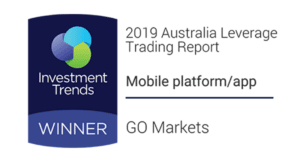
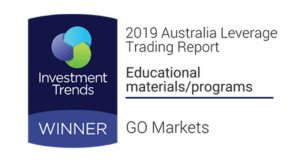
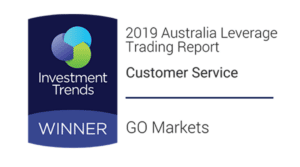
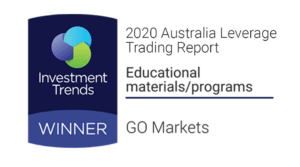
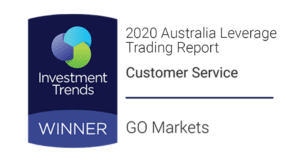
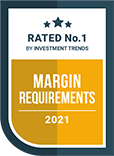
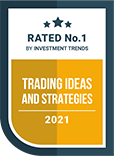
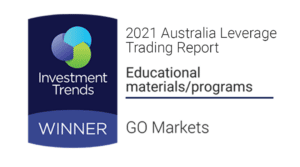
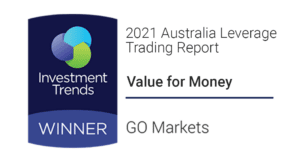













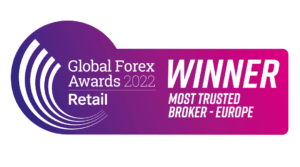

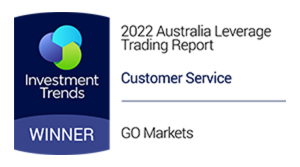
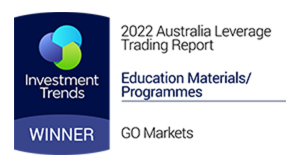

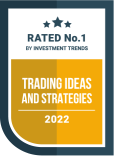


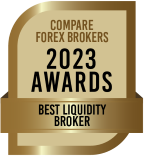









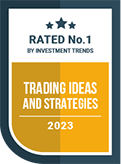







Explore more from GO Markets
Platforms & tools
Trading accounts with seamless technology, award-winning client support, and easy access to flexible funding options.
Accounts & pricing
Compare account types, view spreads, and choose the option that fits your goals.
Go further with
GO Markets.
Explore thousands of tradable opportunities with institutional-grade tools, seamless execution, and award winning support. Opening an account is quick and easy.


Go further with
GO Markets.
Explore thousands of tradable opportunities with institutional-grade tools, seamless execution, and award winning support. Opening an account is quick and easy.

Venezuela commands the world's largest proven oil reserves at 303 billion (bn) barrels (bbl). Yet political turmoil, global sanctions, and recent US intervention show that being the biggest isn’t always best.
What does this mean for oil markets?
The concentration of reserves among Organization of the Petroleum Exporting Countries (OPEC) members (60% of the global total) gives the group ongoing influence on supply policy and market sentiment, even as US shale provides a production counterweight.
Venezuela's potential return as a major exporter post-US intervention could eventually ease supply constraints, though most analysts view significant production increases as years away.
Sanctions could create a situation where discounted crude seeks buyers willing to navigate compliance risks. Refiners with heavy crude processing capability may benefit from price differentials if Venezuelan barrels increase.
While reserves appear abundant, economically recoverable volumes depend on sustained high prices. If renewable adoption accelerates and demand peaks sooner than projected, stranded assets become a material risk for reserve-heavy producers.
Top 10 countries by proven oil reserves
1. Venezuela – 303 billion barrels
- Controls 18% of global reserves, primarily extra-heavy crude in the Orinoco Belt requiring specialised refining.
- Heavy crude typically trades $15-$20 below Brent benchmarks due to high sulphur content and complex processing requirements.
- Output crashed by 60% from 2.5 million bpd in 2014 to less than 1 million barrels per day (BPD) last year.
- Approximately 80% of exports flow to China as loan repayments, with export revenues dwarfed by reserve potential.

2. Saudi Arabia – 267 billion barrels
- The majority of its light, sweet crude oil requires minimal refining and commands premium prices, contributing to world-leading exports of $191.1 bn in 2024.
- Maintains 2-3 million bpd of spare production capacity, providing a stabilising buffer during supply disruptions.
- Oil comprises roughly 50% of the country’s GDP and 70% of its export earnings.
- Production decisions significantly impact international oil prices due to market dominance.

3. Iran – 209 billion barrels
- Heavy Western sanctions severely limit the country’s ability to monetise and access international markets.
- Production estimates vary significantly (2.5-3.8 million bpd) due to sanctions, limited transparency, and restricted international reporting.
- Significant crude volumes flow to China through discount arrangements and sanctions-evading mechanisms.
- Sanctions relief could rapidly boost production toward 4-5 million bpd, though domestic consumption (12th globally) reduces export potential.
4. Canada – 163 billion barrels
- Approximately 97% of reserves are oil sands (bitumen) requiring steam-assisted extraction and significant upfront capital investment.
- Political stability and regulatory frameworks position Canada as a secure source compared to volatile producers, with direct pipeline access to US refineries.
- Supplied over 60% of US crude oil imports in 2024, making Canada America's top source by far.

5. Iraq – 145 billion barrels
- Decades of war and sanctions have prevented optimal field development and infrastructure modernisation.
- Improved security conditions since 2017 have enabled production recovery, but pipeline attacks and ageing facilities continue to constrain output.
- Oil revenue comprises over 90% of government income, creating extreme fiscal vulnerability.
- Exports flow primarily to China, India, and Asian buyers seeking a reliable Middle Eastern supply, with most production from super-giant southern fields near Basra.

6. United Arab Emirates – 113 billion barrels
- Produces primarily medium-to-light sweet crude commanding premium prices, ranking fourth globally in export value at $87.6 bn.
- Has successfully diversified its economy through tourism, finance, and trade, reducing oil's GDP share compared to Gulf peers.
- Strategic location near the Strait of Hormuz and openness to international oil companies help facilitate efficient global distribution.
7. Kuwait – 101.5 billion barrels
- Reserves are concentrated in ageing super-giant fields like Burgan, which require enhanced recovery techniques.
- Favourable geology enables extraction costs around $8-$10 per barrel, with proven reserves providing 80+ years of supply at current production rates.
- Oil comprises 60% of GDP and over 95% of export revenue.
8. Russia – 80 billion barrels
- The world's third-largest producer despite ranking eighth in reserves.
- Post-2022, Western sanctions redirected crude flows from Europe to Asia, with China and India now absorbing the majority at discounted prices.
- Despite export restrictions and G7 price cap at $60/barrel, it posted the second-highest global export value at $169.7 bn in 2024.
- Russian Urals crude typically trades $15-30 below Brent due to quality, sanctions, and logistics, with November 2024 revenues declining to $11 bn.

9. United States – 74.4 billion barrels
- The shale revolution through horizontal drilling and hydraulic fracturing has made the US the world's No.1 oil producer despite holding only the 9th-largest reserves.
- The Permian Basin accounts for nearly 50% of production, with shale/tight oil representing 65% of total output.
- Achieved net petroleum exporter status in 2020 for the first time since 1949, with crude exports growing from near-zero in 2015 to over 4 million bpd in 2024.
- The US government maintains a strategic reserve of 375+ million barrels.
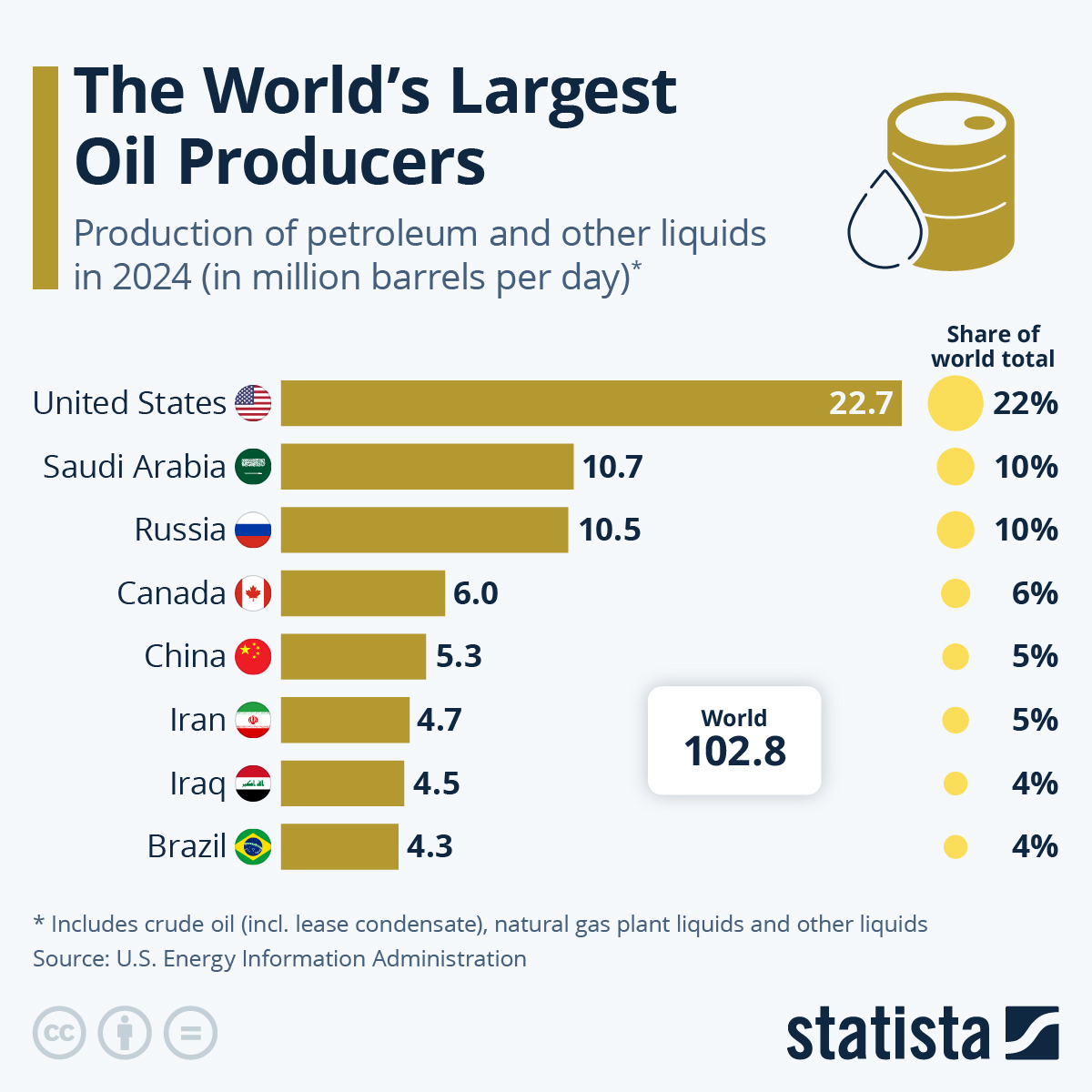
10. Libya – 48.4 billion barrels
- Holds Africa's largest proven oil reserves at 48.4 bn barrels, producing light sweet crude commanding premium prices.
- Rival bordering governments compete for oil revenue control, causing production to fluctuate based on political conditions.
- Oil facilities face blockades, militia attacks, and political leverage tactics, preventing consistent returns.
- Favourable geology enables extraction costs around $10-15 per barrel, with geographic proximity making Libya a natural supplier to European refineries.
You can trade Oil and other Commodity CFDs, including metals, energies, and agricultural products, on GO Markets.

FX markets enter the month influenced by uncertain growth momentum, inflation dynamics and central bank policy, yield sensitivity, and shifts in how markets are pricing geopolitical risk.
Quick facts:
- USD remains primarily responsive to inflation data, and this may have overtaken growth as the main driver.
- JPY sensitivity to potential Bank of Japan (BOJ) action remains high, creating asymmetric responses to global rate moves and policy communication.
- EUR and AUD continue to trade reactively to global events and commodity price moves.
- Volatility may be episodic, clustering around key data releases rather than a single sustained directional trend.
With central bank expectations still evolving into the first quarter (Q1), key releases and policy communication are likely to stay central to near-term FX pricing. In this environment, moves may cluster around scheduled events and headline risk, rather than build into a single dominant trend.
US dollar (USD)
Key data and events:
- Non-farm payrolls (Employment Situation, Dec 2025): 9 January 2026 Bureau of Labor Statistics
- CPI (Dec 2025): 13 January 2026 Bureau of Labor Statistics
- Fed rate decision: 27-28 January 2026 Federal Reserve
- Advance GDP (Q4): rescheduled (date TBA) U.S. Bureau of Economic Analysis
What to watch:
USD performance remains closely tied to inflation data and what it could mean for Federal Reserve policy expectations. Market pricing can shift quickly around CPI and labour-market outcomes, particularly where outcomes affect how investors perceive the timing and pace of any policy changes.
Jobs data and GDP numbers will be watched as gauges of growth momentum. The start of the US earnings season may also influence FX indirectly through its impact on equity performance, risk sentiment, and yield expectations, rather than acting as a direct currency driver.
Key chart: US dollar index (DXY) weekly chart

Periods of market uncertainty can support USD demand around prior support areas near 97, while the 100 region may continue to act as a reference point for resistance, including where it aligns with commonly watched moving averages (noting technical indicators can fail).
A break in either direction may reflect shifting expectations about how different central banks will respond to the next run of inflation and growth data.
Euro (EUR)
Key data and events:
- CPI (Euro area HICP, Dec 2025 reference period): 19 January 2026 European Central Bank
- ECB rate decision: 5 February 2026 European Central Bank
What to watch:
European Central Bank (ECB) messaging on policy direction and inflation remains key. A prolonged hold is one scenario market participants continue to debate, but outcomes are likely to remain data-dependent and sensitive to changes in the growth and inflation backdrop.
The geopolitical situation in Ukraine will also remain in focus.
Key chart: EUR/USD weekly chart
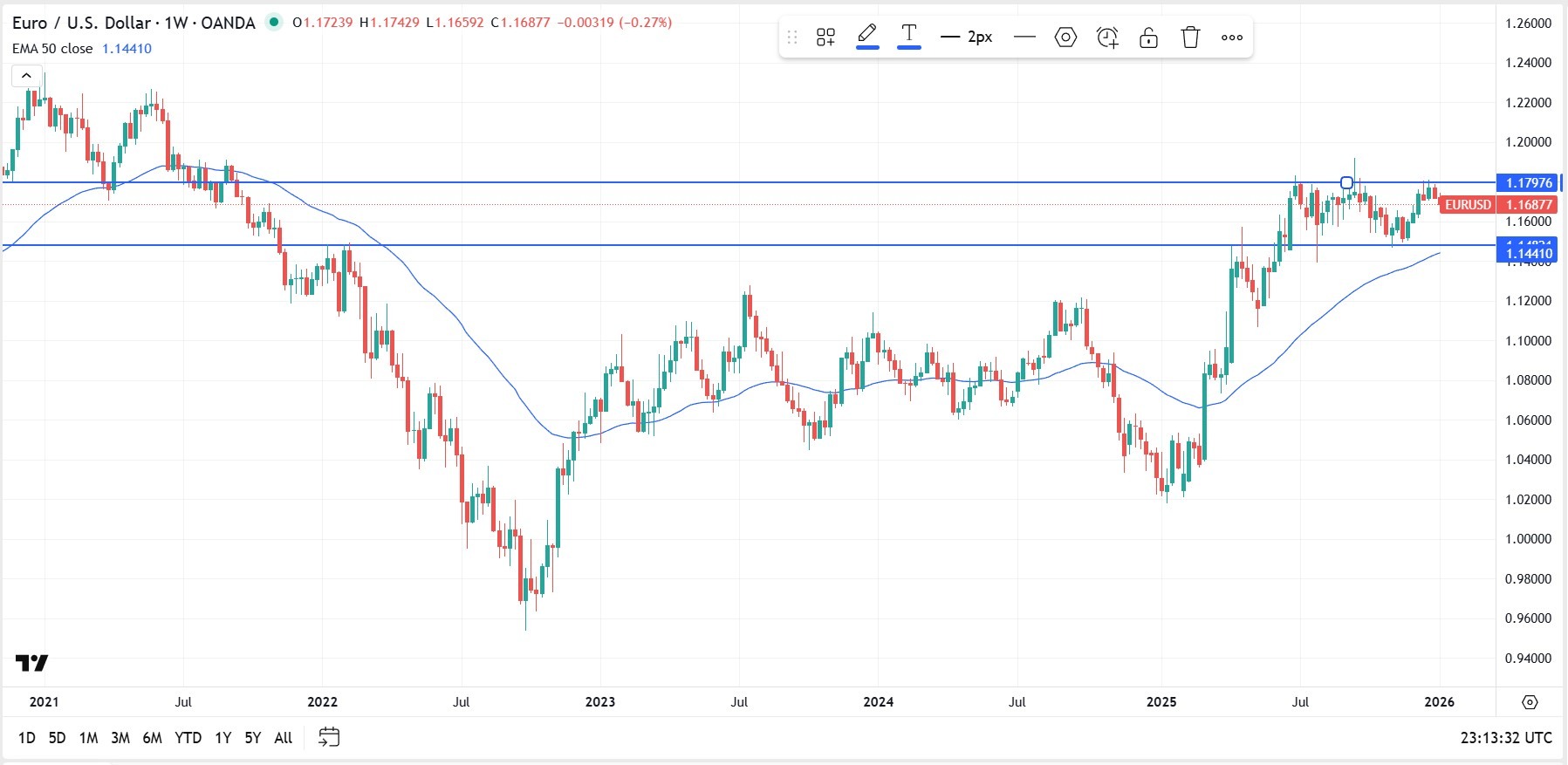
Differences in likely central bank direction could support a test of the top end of the current multi-month range near 1.18. A sustained break above that level would be technically significant.
For now, price may stay range-bound until there is clearer guidance on policy direction on both sides of the Atlantic.
Japanese yen (JPY)
Key data and events:
- BOJ policy decision: 22–23 January 2026 Bank of Japan
- Tokyo core CPI (Ku-area of Tokyo, preliminary; Dec 2025 reference month): 23 January 2026 Statistics Bureau of Japan
What to watch:
Following the BOJ’s December rate rise, markets appear to be weighing the likelihood of further action in Q1. Whether the January meeting delivers another move remains uncertain and may depend on incoming inflation and wage signals, as well as BOJ communication.
Data released ahead of the decision may be important in shaping expectations.
Key chart: GBP/JPY daily chart

As of 7 January 2026, GBPJPY has traded around the 211.50 area, near levels last seen in 2008. Continued consolidation may suggest fresh drivers are needed to extend gains.
If the cross can’t push higher, some traders will start watching for a pullback toward 210.00, where support has shown up before. And if expectations for BOJ action build, selling could accelerate, with price potentially drifting down through those previously tested support zones and toward the more established support near 208.00.
Australian dollar (AUD)
Key data and events:
- CPI (Complete Monthly CPI; Nov 2025 reference month): 7 January 2026 Australian Bureau of Statistics
- Employment (Labour Force; Dec 2025 reference month): 22 January 2026, Australian Bureau of Statistics
- RBA rate decision: 3 February 2026 (Monetary Policy Board meeting 2–3 February) Reserve Bank of Australia
AUD continues to behave as a proxy for global growth sentiment and commodity demand.
Stabilisation in Chinese data, firmer commodity prices, and expectations around the Reserve Bank of Australia (RBA) policy path may be providing relative support for AUD. Sensitivity to broader risk conditions remains high.
Key chart: EUR/AUD daily chart
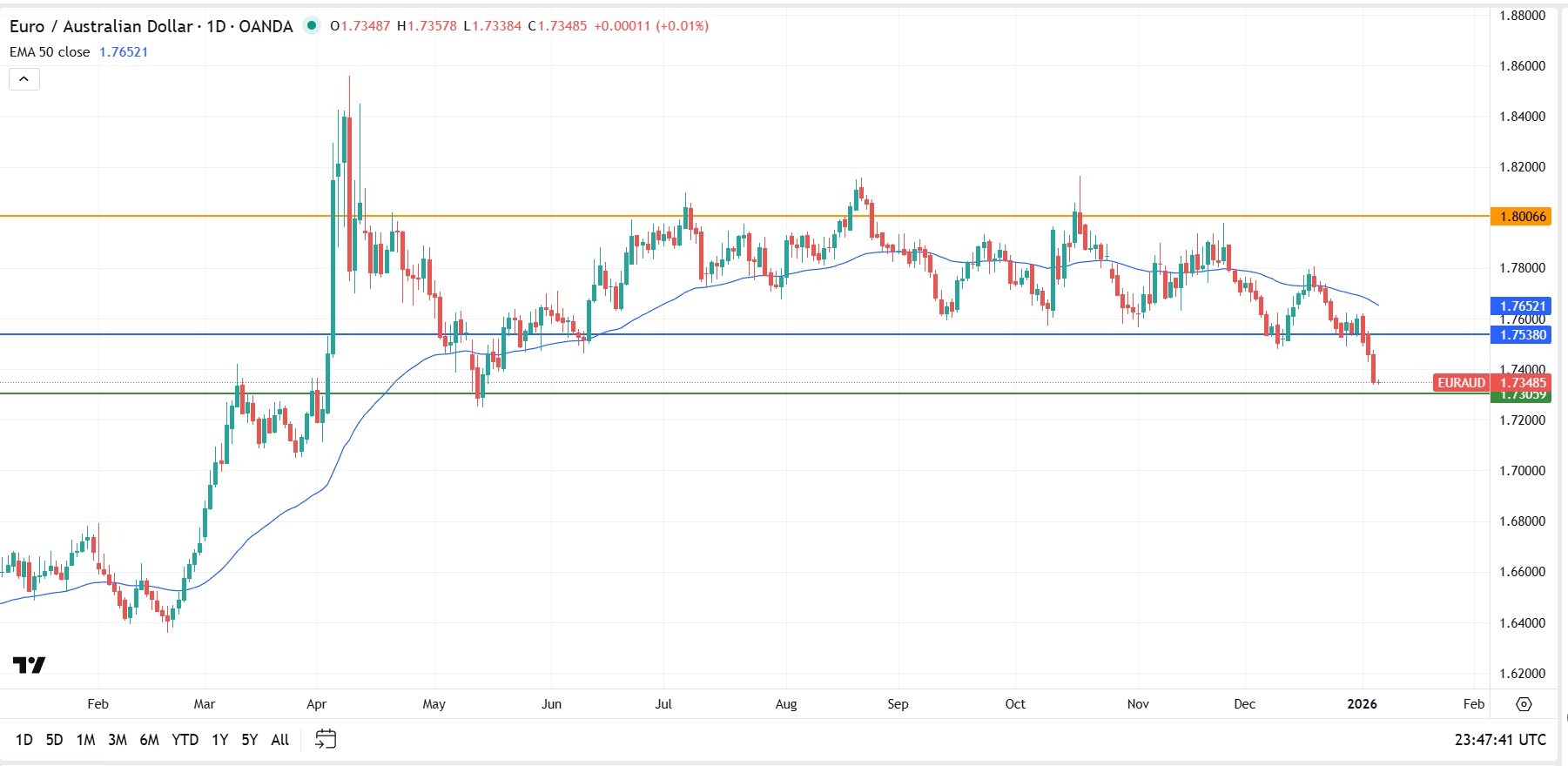
Moves in commodity prices have coincided with a sharp fall in EURAUD since the 31 December close, breaking down out of the prior range. The next key level to the downside sits at 1.7305.
The area around 1.7305 may help indicate whether selling pressure is continuing or whether momentum is fading for now. Near-term commodity price moves are likely to remain important.
Bottom line
FX conditions this month may remain reactive, with volatility clustering around key data releases rather than a sustained directional trend. With Q1 central bank expectations still forming, price moves may be sharper around the calendar, policy communication, and geopolitical headlines.
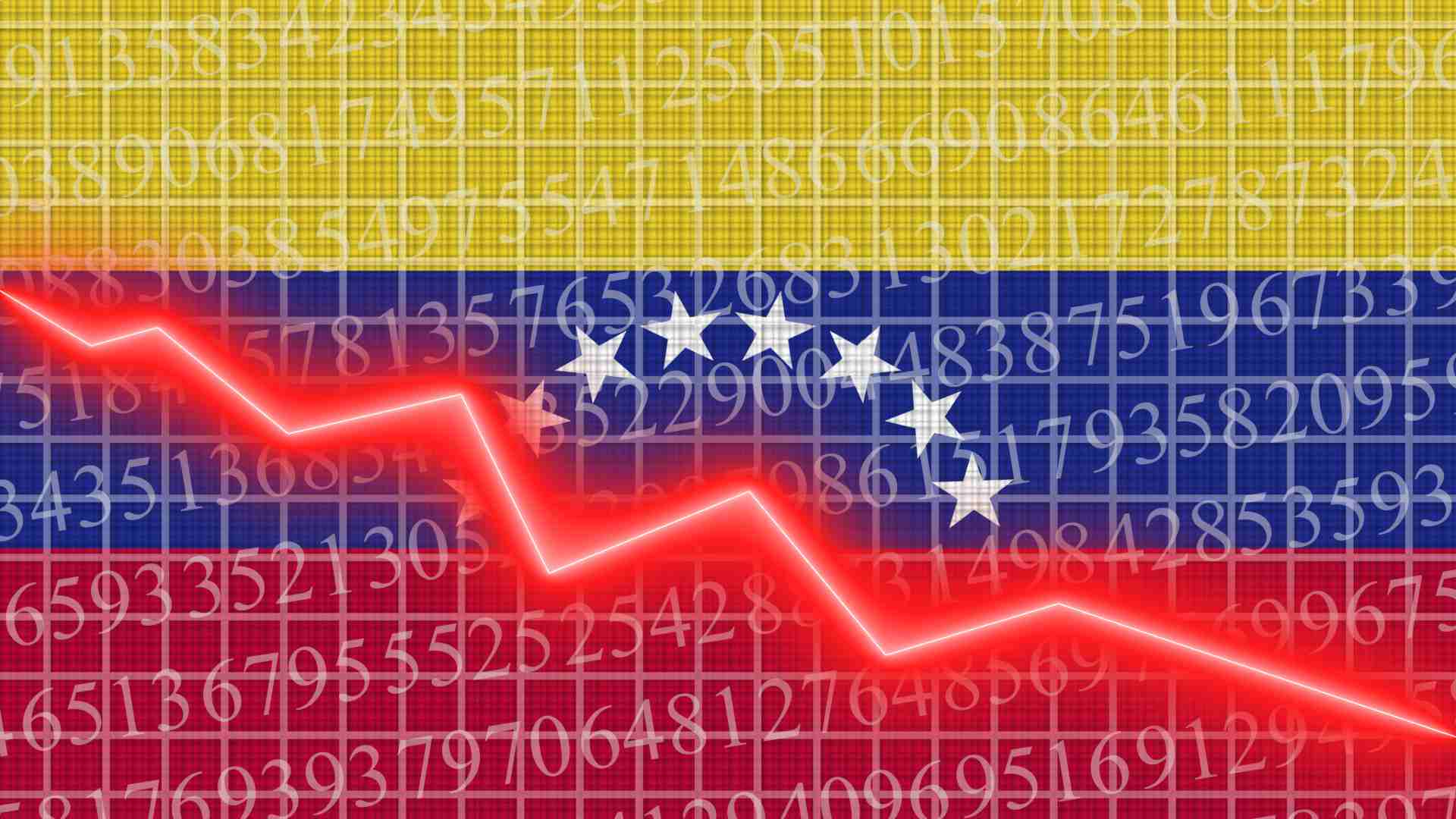
Global markets are calm but alert in response to the US–Venezuela situation, with US and European equities holding near or testing record levels.
Gains in energy, defence and materials suggest selective positioning. Modest strength in gold and lower yields is indicative of hedging rather than market fear, with oil prices remaining muted.
Quick facts
- US and European equity indices are holding near record highs despite geopolitical headlines. Volatility remains low through the trading session.
- Energy and defence stocks are leading gains, with materials stocks responding to mild gains in previous metals, reflecting selective risk positioning.
- Gold is edging higher, and government bond yields have dipped slightly, signalling mild hedging.
- Oil prices remain range-bound, suggesting no immediate supply shock is being priced in.
- Markets could be sensitive to further geopolitical developments, with any escalation a major potential risk to sentiment.
US–Venezuela tensions escalation has prompted heightened geopolitical scrutiny across the globe, not only related to this action itself but other geopolitical longer-term implications.
There has been a muted and measured response across global financial markets so far, with little significant negative impact evident for now.
Some sectors have had noteworthy gains, whilst the impact on other asset classes has again been calm.
US equities
What’s happening:
US equity markets are showing resilience, with the S&P 500 holding near recent highs and the Dow Jones Industrial Average up 1.23%, pushing into fresh record territory.
What to watch:
- If US indices continue to hold above recent breakout levels, then markets are reinforcing the view that geopolitical risk remains manageable.
- Rising volatility, if seen in the VIX index, may indicate that sentiment may be shifting from selective risk-taking to broader caution.
European equities
What’s happening:
European markets are modestly higher, with the DAX trading at record levels and the FTSE 100 closing over 10,000 for the first time.
What to watch:
- For now, European indices appear to be tracking US strength, suggesting investors are viewing the event as externally contained. Similar sectors are performing well, as seen in overnight US equity performance.
- It is unlikely that we will see any specific regional response, though tensions related to the US administration's narrative around Greenland is noteworthy.
Specific sector moves
Energy stocks
What’s happening:
Energy stocks are leading equity gains across the US (e.g. Chevron Corp – CVX up 5.1%), and European markets, with the potential for increased influence in Venezuela of US oil companies.
What to watch:
- While energy equities outperform while oil prices remain range-bound, then markets are pricing geopolitical caution rather than immediate disruption. If this is accompanied by a rise in crude prices rise together, then it may be indicative of supply risk
Defence stocks
What’s happening:
Defence stocks are attracting some investor interest. (E.g. Lockheed Martin – LMT up 2.92%, General Dynamics – GD up 3.54%).
What to watch:
- Continued outperformance with other sector equity drawdowns may be indicative of some escalation concerns.
Materials & miners
What’s happening:
Materials and mining stocks are finding support alongside modest gains in precious metals and record highs in copper. The S&P Metals & Mining ETF – XME closed 3.28% up.
What to watch:
- Ongoing materials strength alongside stable growth indicators, then the current move may reflect real-asset demand rather than simply a hedging approach. If gold accelerates higher while base metals fail to follow, then investor defensive positioning may be overtaking confidence in growth.
Crude oil
What’s happening:
Oil prices remain subdued, with the futures trading at $58.40, within recent ranges, despite the unfolding geopolitical situation.
What to watch:
- Venezuelan influence on global oil production is not substantial enough on its own to create any major issues in the short term with global oil supply at high levels.
- As a result, the impact is more likely to remain muted, but any significant rises in oil price across multiple sessions may be indicative of some market concerns related to increases in geopolitical-influenced supply expectations.
Gold
What’s happening:
Gold prices are currently edging higher towards all-time highs, reflecting a modest safe-haven play. The closing price for Gold futures is $4454, breaching the psychologically important $4400.
What to watch:
- If gold continues to rise gradually while equities remain firm, then the move reflects a standard hedging approach to assets rather than fear.
- A spike in gold price alongside falling equities and rising volatility, maybe a signal that market risk may be increasing.
Treasury yields
What’s happening:
Yields have eased slightly, indicating a potential selective defensive positioning in asset choice by institutional investors. (10-year Treasury yields at 4.153%, down 0.36%)
What to watch:
- If yields should fall sharply alongside equity weakness, then markets may be shifting toward a risk-off approach.
What to watch next
- If asset-class correlations remain contained, then markets are maintaining confidence in the broader macro backdrop.
- If tensions escalate into broader regional instability or prolonged policy responses, Sharp movements across equities, bonds, and commodities may signify a reassessment of risk.
- If geopolitical developments fail to translate into sustained price dislocation, then the current response is likely to fade.
(All prices quoted correct as of 4.30pm NY time after market close).

